Originally published at MintPress News.
Just how free is free speech in the United States? Even though the First Amendment protects freedom of speech and freedom of the press, government authorities and other powerful interests still find ways to suppress the truth.
“Open societies are also no stranger to the censorship of contentious novels and historical accounts of controversial events,” Abby Martin said last year on her show, “Breaking the Set.”
“Now, of course, the First Amendment prohibits the outright banning of books by the federal government, but there are many less insidious ways that ‘dangerous content’ is kept off American bookshelves.”
Martin interviewed Mark Crispin Miller, a professor of Media Studies at New York University, to mark the launch of the “Forbidden Bookshelf,” Miller’s curated collection of suppressed literature. Beginning with five books last June, the collection has grown to 14 titles.
“Hundreds of books on crucial subjects, indispensable subjects, have been undone in one way or another,” Miller told Martin. “Threats of litigation by powerful interests, reviewers freezing out certain titles, or what happens most often is books are written off as conspiracy theory.”
Below are some highlights from the “Forbidden Bookshelf” collection, with an explanation of how and why they were suppressed:

“The Lords of Creation” by Frederick Lewis Allen, originally published in 1935. The Forbidden Bookshelf catalog describes this as a history of “the Rockefellers, Fords, Morgans, and Vanderbilts were the ‘lords of creation’ who, along with like-minded magnates, controlled the economic destiny of the country, unrestrained by regulations or moral imperatives.”
Calling it a history of the modern 1%, Martin reported that, before being republished as an e-book, original copies sold for thousands of dollars on Amazon.
Suppression: Allen was a highly popular historian in his day, but unlike his other histories, “Lords of Creation” remained out of print because, Miller said, it exposes the “deep roots” of today’s financial crisis.
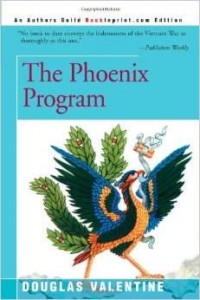
“The Phoenix Program” by Douglas Valentine, originally published in 1992. American officials instituted the titular program in Vietnam, combining the efforts of police, military and intelligence to terrorize or pacify Vietnamese citizens believed to be aiding U.S. enemies. Both Miller and the author, writing in a new introduction to the book, have pointed out the program’s many parallels to the modern National Security Agency’s mass surveillance program.
Suppression: After CIA officials forced Valentine to go to court to complete his research, CBS journalist Morley Safer published a devastating review in The New York Times that “would basically end [Valentine’s] career as a writer,” according to Miller.
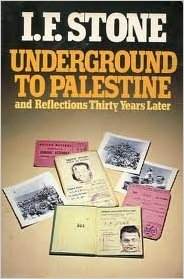
“Underground to Palestine” by I. F. Stone, originally published in 1946. This collection follows the earliest years of Israel’s establishment in the Middle East, beginning with the first travels of World War II refugees to Palestine.
Suppression: Stone, a renowned 20th century journalist, grew disillusioned with the reality of a Jewish state as Israel became increasingly oppressive toward Palestinians. American Zionists withdrew advertising support for the book after Stone refused to remove passages supporting a bi-national state, wherein Jews and Arabs could coexist. He soon found himself embroiled in a legal battle to reclaim his passport after the U.S. State Department canceled it in retaliation for his reporting. Finally able to return to the region in 1956, he wrote:
But there will be wars and wars and wars until Israel comes to terms with the Palestinians. The road to peace lies through the Palestinian refugee camp.
Books are also suppressed on a local level in schools and libraries. The American Library Association compiles an annual list of the 10 most challenged books. While many are targeted by social conservatives, who feel the books contain sexual or religious content inappropriate for children, others are targeted for containing unpopular political viewpoints. For example, from the ALA’s 2014 list:
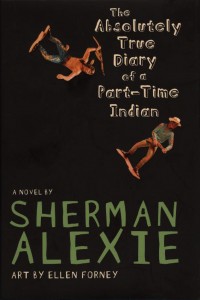
“The Absolutely True Diary of a Part-Time Indian,” a semi-autobiographical novel by poet and author Sherman Alexie, has been accused of “cultural insensitivity” and an “anti-family” viewpoint for its depiction of the protagonist’s struggle to fit in after traveling from a Native American reservation to an all-white school.
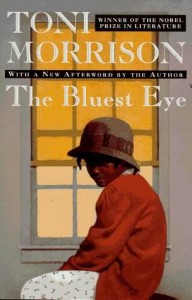
“The Bluest Eye,” the first novel by Nobel Prize-winning author Toni Morrison, follows a young black girl through her struggles with racism, incest and child molestation — three unpleasant but very real issues that make it a perennial entry on banned book lists since its publication.
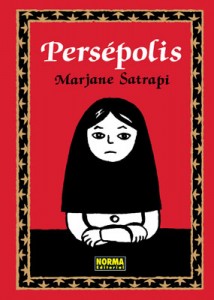
“Persepolis,” a graphic novel by Iranian-born French illustrator Marjane Satrapi, has been called “politically, racially, and socially offensive” for its frank, humanistic examination of everyday life in Iran.